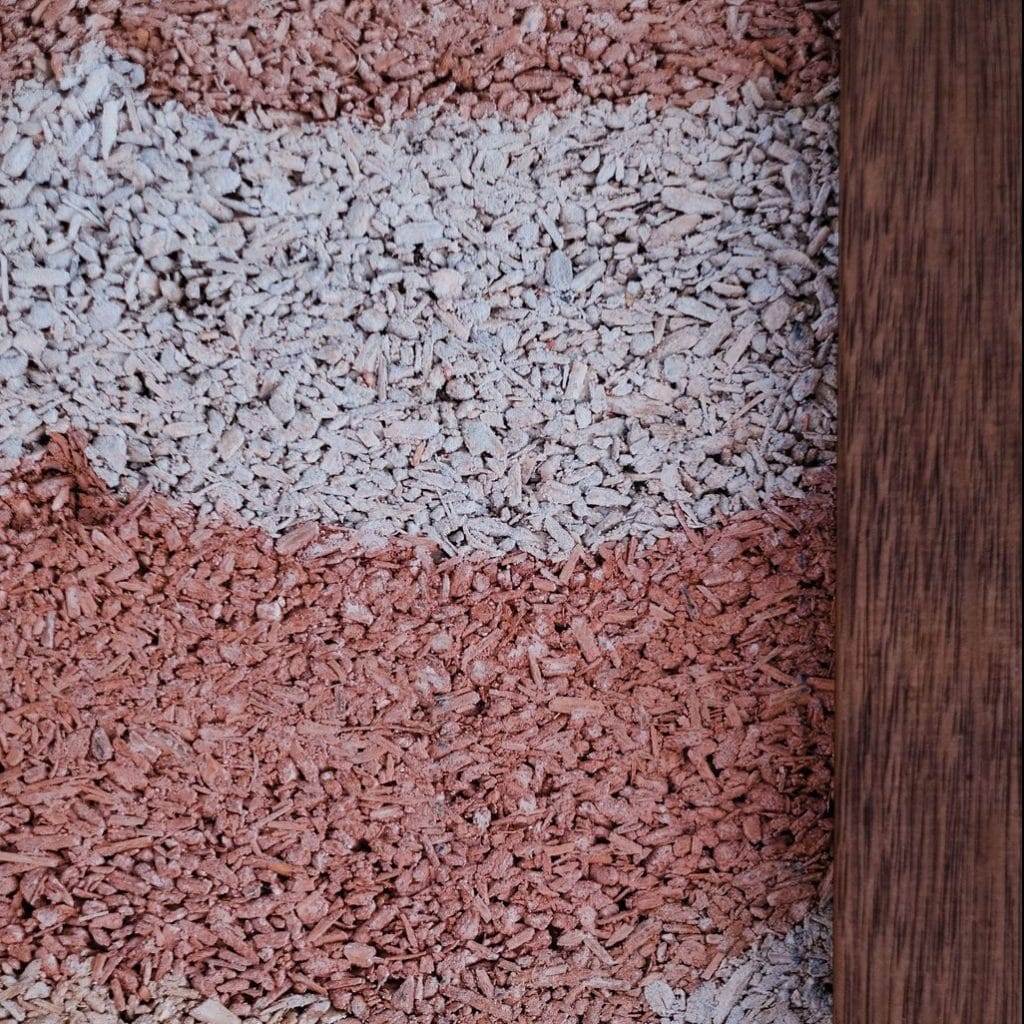In order to create a sense of architectural continuity and sense of place, and to promote the use of local, sustainable building resources, the Witchcliffe Ecovillage team has developed the Sustainable Building Design Guidelines (BDGs). These will ensure our public buildings and homes look attractive and perform well. With every lot carefully oriented to maximise solar gain, our passive solar buildings will be light and warm in winter, cool in summer and energy efficient.
Sustainable Building Design Guidelines
The Sustainable Building Design Guidelines (BDGs) contain simple design principles and sustainability requirements that guide the design of homes on each type of residential lot, such as:
- requirements to ensure that buildings maximise the benefits of the lot layout, which guarantee that every home is orientated for full northern exposure to living rooms
- specifying roof and rainwater tank sizes to ensure that every household and business can supply their own rainwater requirements
- guidelines for minimum solar PV requirements and optimal placement
- providing a required materials palette with an emphasis on sustainable materials like local plantation and recycled timber, locally sourced stone (granite and limestone), hempcrete, earth render and straw bale construction
- requiring the use of non-toxic, low VOC, and “cradle to cradle” materials in building construction (non-composite materials that can be reused and recycled easily when buildings are at the end of their life cycle).
Sustainability Assessments
Creating the most sustainable houses possible requires us to look at their energy use from every angle. All Ecovillage homes undergo mandatory thermal and life cycle assessments during the design phase to understand their running costs and embodied energy (total carbon emissions). This helps us demonstrate our intention that all of the homes will end up carbon-negative: they remove more carbon from the atmosphere than they add during construction and operation. Click here to find out more about these mandatory sustainability assessments.

